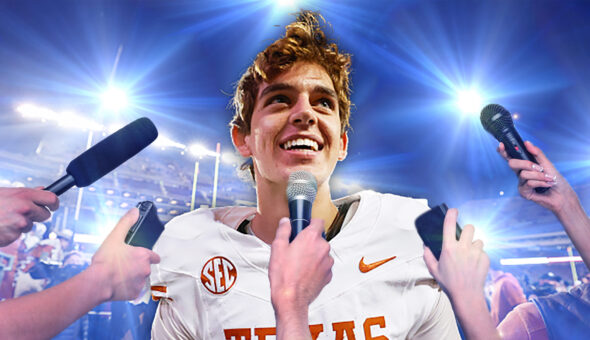A social media manager’s job is much more than just creating content and posting it. They must collaborate with stakeholders, build strategy, monitor online conversations, respond to comments, and more. This leaves little time for professional development, and as discussed last month there are a lot of things social media managers have to track to stay on top of the ever-changing field of social media. The question is, with all the many tasks social media managers have every day, where do they find time for this professional development?
Here are a few ways social media managers can clear time in their daily schedules to stay on top of their game.
- Block Time in Your Calendar: Schedule 15-20 minutes at the beginning and end of each day to read blog posts, review platform updates, or catch up on the news of the day. Block that time in your calendar so no one attempts to call you into a meeting during this time. During the course of your day as useful blog posts pop up in your feed, bookmark them and set them aside to review during this time. Simply having a dedicated time to devote to professional development will go a long way.
- Talk to Your Supervisor: Most social media managers report to supervisors who have never run social media themselves and often have no idea the amount of work it takes to stay current on platform changes and best practices. Bring up professional development in your performance reviews and ask to have more time (and funding) to learn. Talk about the professional development you’ve done over the course of the year, how you channeled that into your work, and what you’d like to learn in the coming year. If part of your job is to train other social media managers on campus, you should have a strong argument for this and might even be able to make the case for hiring a student worker or intern to give you more time to focus on long-term goals.
- Share Links with Higher-ups: Put together a weekly roundup of useful links for your supervisors. This email could include links to blogs you’ve read that week (like this one!), podcasts, social media posts and anything you’ve found useful. It’s unlikely your bosses will read it all, but the idea is to let them know that you are paying attention to trends in the field ,and give them some idea of how frequently things change in social media and just how much work it takes to stay on top of it.
- Present at a Conference: Consider presenting your work at a conference this year. At first, this seems counter-intuitive: If you’re trying to find time, why take on another task with a deadline? They say the best way to learn how to do something is to teach someone else how to do it, and putting together a conference presentation is a great way to put your ideas down and give yourself a solid reason to do a deep dive into some research. Plus, many conferences offer discounted registration fees to presenters which might make it easier for you to acquire the funds to attend – which will allow you to see other presentations and learn even more.
The main thing to remember is that staying on top of the latest trends and platform updates in social media isn’t something extra, it’s part of your job and must be a part of your daily routine. For social media managers, professional development isn’t a perk or something that’s nice to have, it’s a requirement. It’s time we start treating it that way and that we make time for it.









